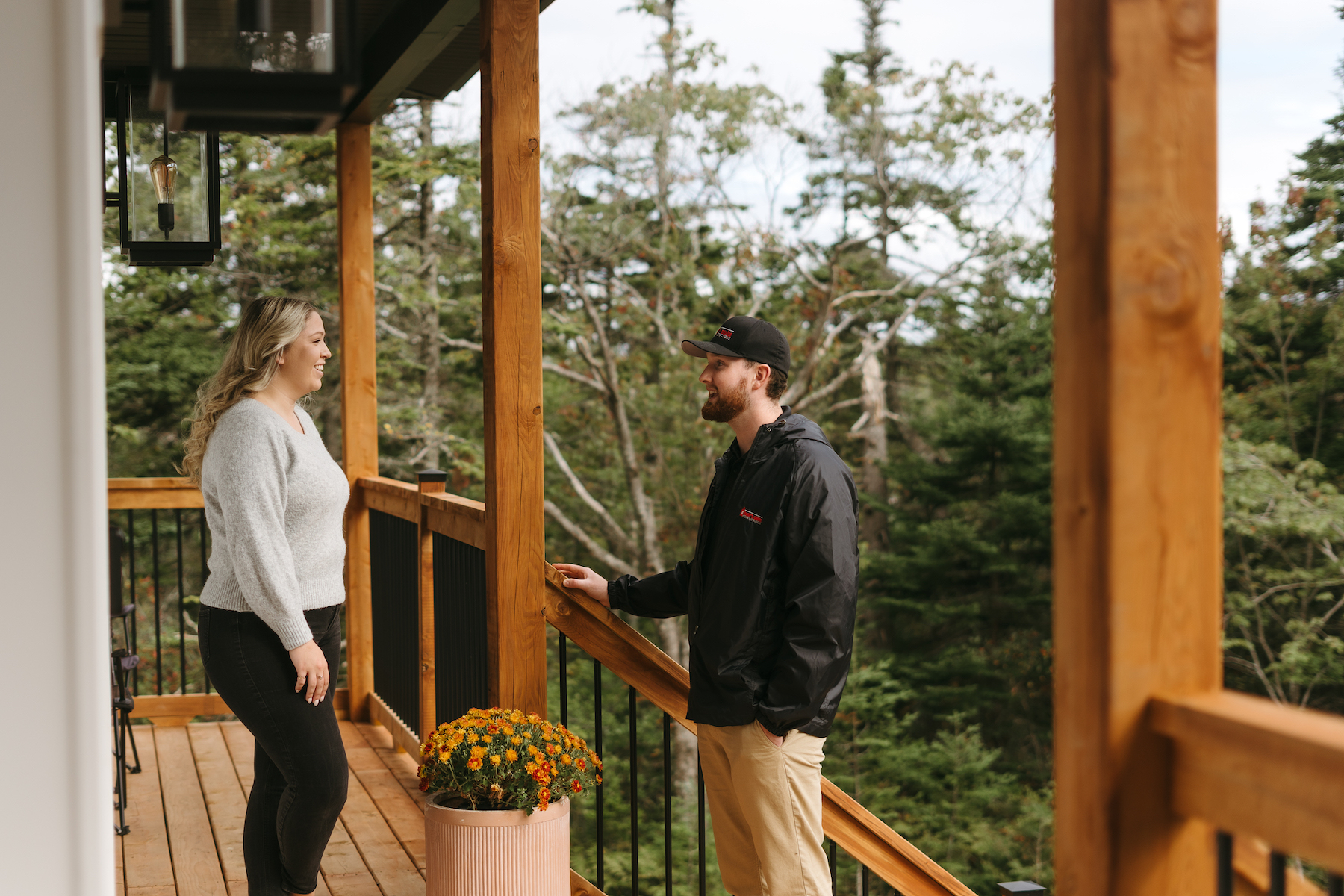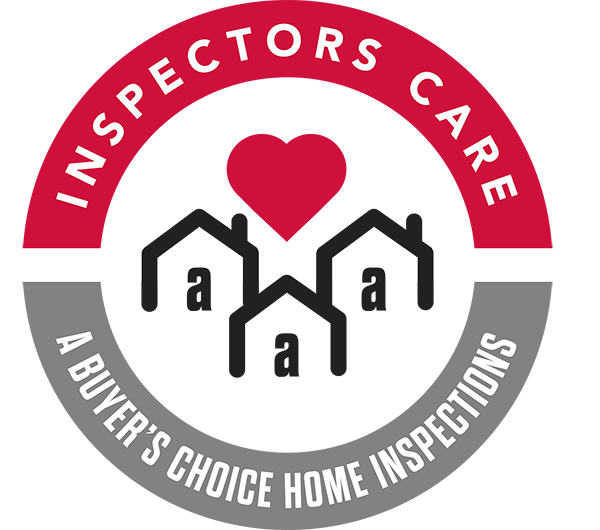As much as many of us are reluctant to admit, fall is in the air. And with it comes some important checks to complete in and around your home to ensure you have everything in order before temperatures really start to drop.

You may not always feel comfortable performing some of maintenance tasks listed below. Or, you may not have the equipment on hand to properly complete each section. In either case, you can always call in a professional handyperson to ensure these tasks are completed properly.
We recommend having an annual home maintenance inspection to ensure you remain informed of any issues that may creep up in your home. After all, addressing issues early is the key to avoiding hefty repair bills!
The following checklist will help guide you in keeping your home a safe and healthy place to live this fall and throughout the coming year.
Fall Checklist:
- Arrange furnace or heating system servicing with qualified company – annually for oil furnace and every two years for gas furnace
- Open furnace humidifier damper on units with central air conditioning and clean humidifier
- Lubricate circulating pump on hot water heating system
- Bleed air from hot water radiators
- Examine forced air furnace fan belt for wear, looseness or noise. Disconnect electricity to the motor and clean fan blades
- Turn ON gas furnace pilot light
- Check and clean or replace furnace air filters each month throughout heating season. Ventilation systems, such as heat recovery ventilator filters, should be checked every two months
- Vacuum electric baseboard heaters
- Remove grills on forced air systems and vacuum inside ducts
- If heat recovery ventilator has been shut off for summer, clean filters and core, and pour water down condensate drain to test it
- Clean portable humidifier, if applicable
- Have well water tested for quality. It’s recommended to test for bacteria every six months
- Check sump pump and line to ensure proper operation and that there are no line obstructions or visible leaks
- Replace window screens with storm windows
- Remove screens from inside casement windows to allow air from heating system to keep condensation off window glass
- Ensure all doors leading outside are shut tightly, and check other doors for ease of use. Replenish door weather stripping as required
- If there is a door between your house and garage, check adjustment of self-closing device to ensure it completely closes door
- Ensure windows and skylights close tightly
- Cover outside air conditioning units
- Ensure ground around your home slopes away from foundation wall, so water doesn’t drain into basement
- Clean leaves from eavestroughs and roof, and test downspouts to ensure proper drainage from roof
- Check chimneys for obstructions such as nests
- Drain and store outdoor hoses. Close valve to outdoor hose connection and drain hose bib (exterior faucet), unless your house has frost-proof hose bibs
- If you have a septic tank, measure sludge and scum to determine if tank needs to be emptied before spring. Tanks should be pumped at least once every three years
- Winterize landscaping. For instance, store outdoor furniture, prepare gardens and, if necessary, protect young trees or bushes from harsh winter weather
Find an Inspector near you: https://abuyerschoice.com/locations









